It’s August and summer is in full swing! At the museum, the exhibition ‘The Microscopic World of Sake’ is being displayed in the Sake Reference Room until November 23rd.
This is the first article in what will be a three-part series titled ‘Sake Brewing and Microorganisms’. In this first article, we will focus on sake brewing in the Edo period (1603-1868) before the discovery of microorganisms. The focus of the second article in September will be koji mold, and yeast in the third article in October. Koji mold and yeast are microorganisms that are essential for sake brewing.
Do you know when microorganisms were first discovered? The first person to discover microorganisms was a Dutchman named Antonie van Leeuwenhoek. He invented microscopes in the late 17th century. In the mid-19th century, a French chemist and microbiologist, Louis Pasteur, discovered that microorganisms cause both fermentation and rot. In 1866, Pasteur discovered that the rot in wine was caused by unwanted microorganisms that could be eliminated by heating the wine to a temperature of about 60℃. This heating method was named pasteurization. Such Western scientific knowledge as this was imported to Japan during the Meiji period (1868-1912) and applied to sake brewing and other fields.
Right: Koji Making / Left: Moromi (Main Mash) Making
Now, let’s learn about sake brewing in the Edo period before the discovery of microorganisms, through referring to historical documents and other information. In the Edo period, the biggest issue facing sake brewing was spoilage. Today, we know that the spoilage of sake is caused by a lactic acid bacteria called ‘hi-ochi kin’, but this was not yet known in the Edo period. Advice was offered by sake wholesalers and others in the industry, that the rice should be washed well before sake brewing, but this advice was ineffective. According to the historical documents, sake spoilage happened frequently during this period.
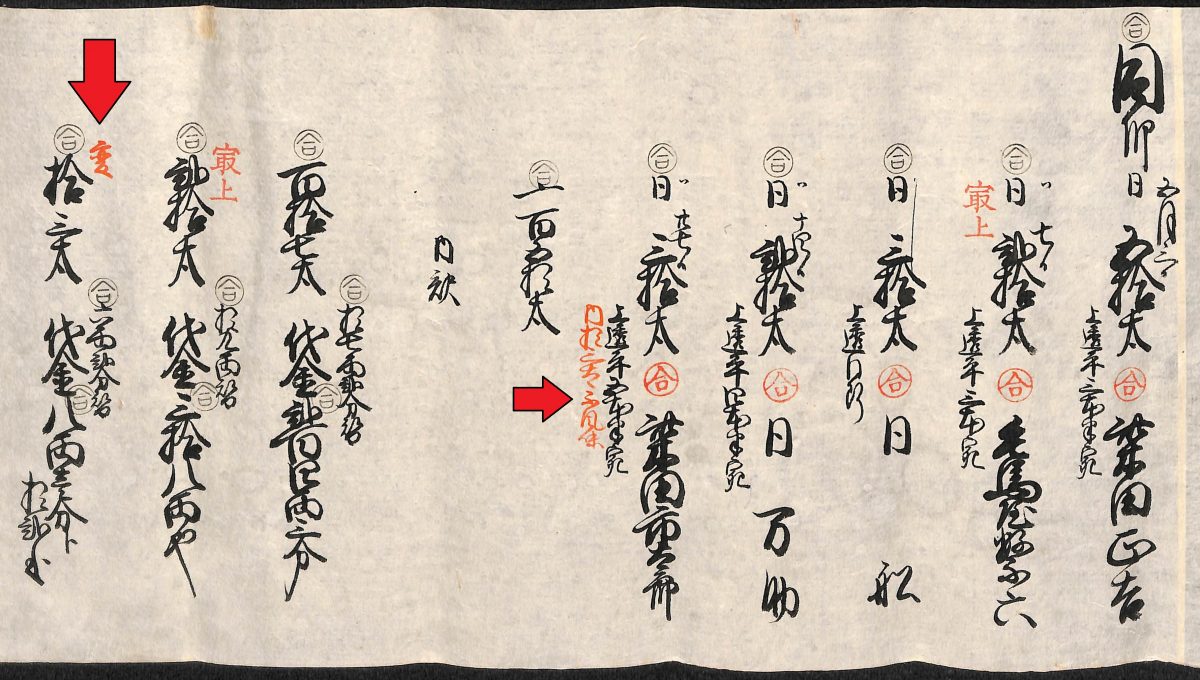
Amazingly, during the Edo period, sake brewing craftsmen learned how to prevent sake spoilage through experience and trial and error. Even without knowing the science, they learned that the spoilage of sake could be eliminated through heat. It could be said that the heating method was discovered in Japan before Louis Pasteur in 19th century France.
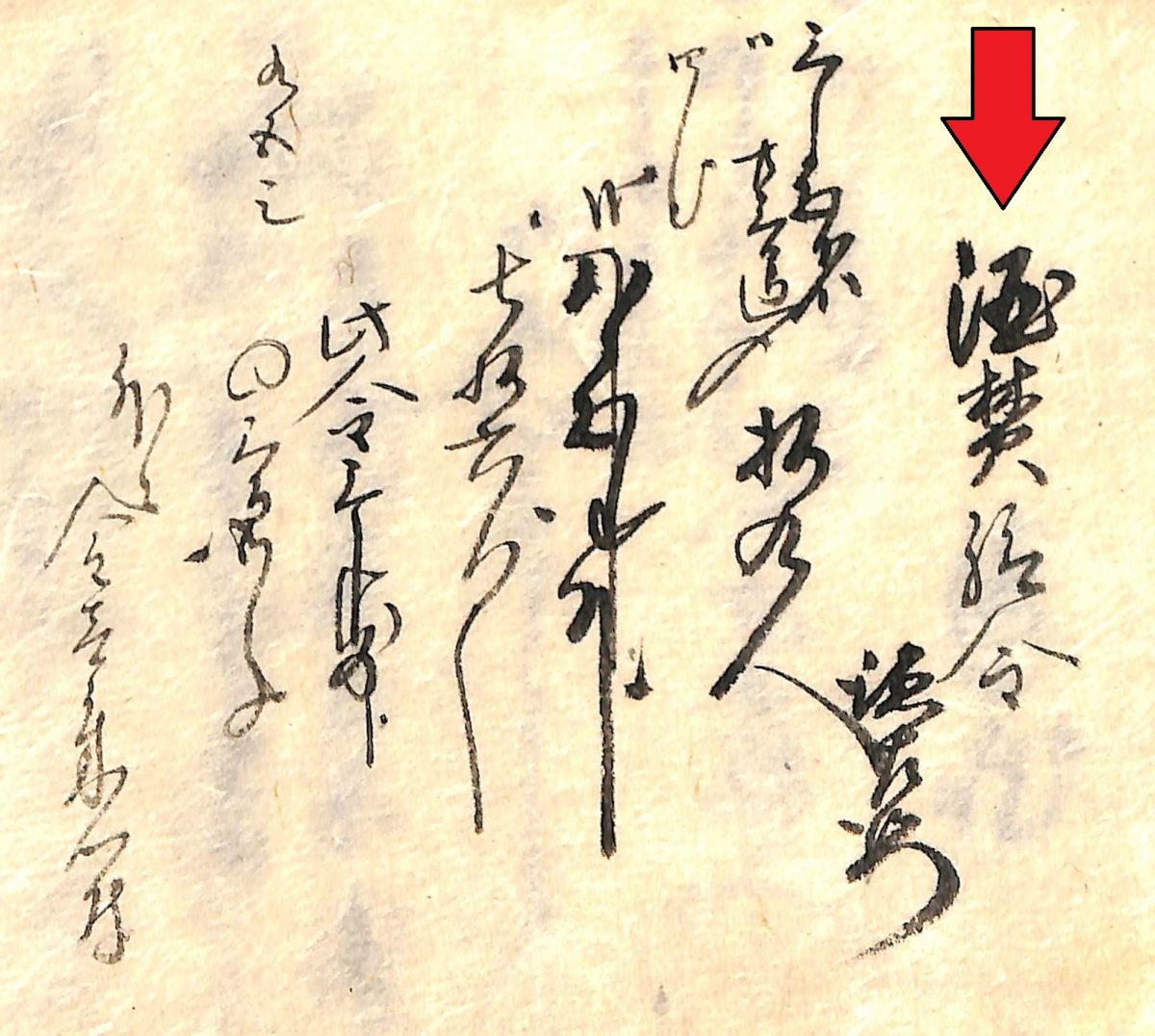
Sake brewers managed to maintain the quality of sake through trial and error during the Edo period. In the next article, we will focus on koji mold which is essential for sake brewing.
Please also visit the museum to learn more about the world of microorganisms!


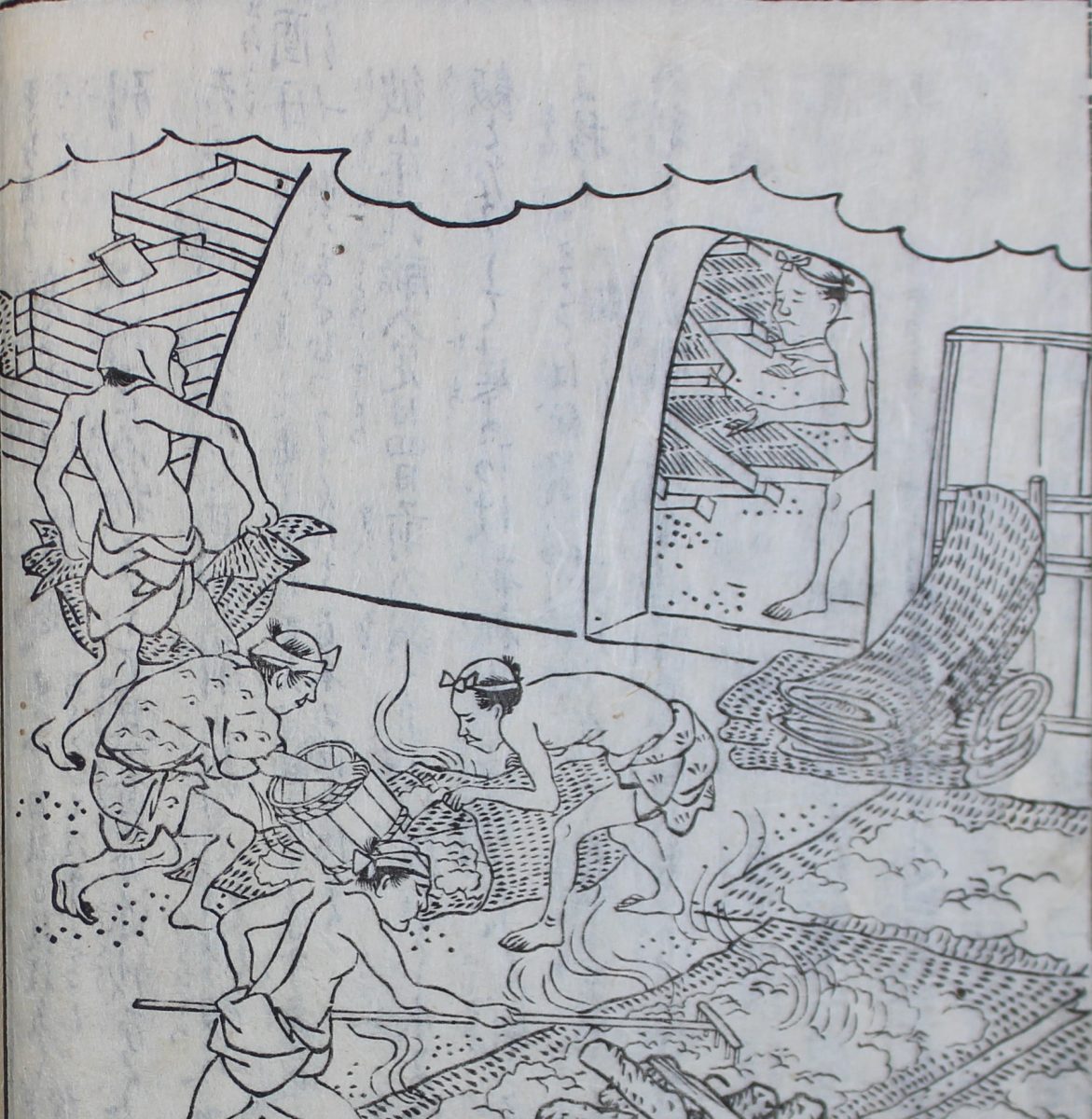

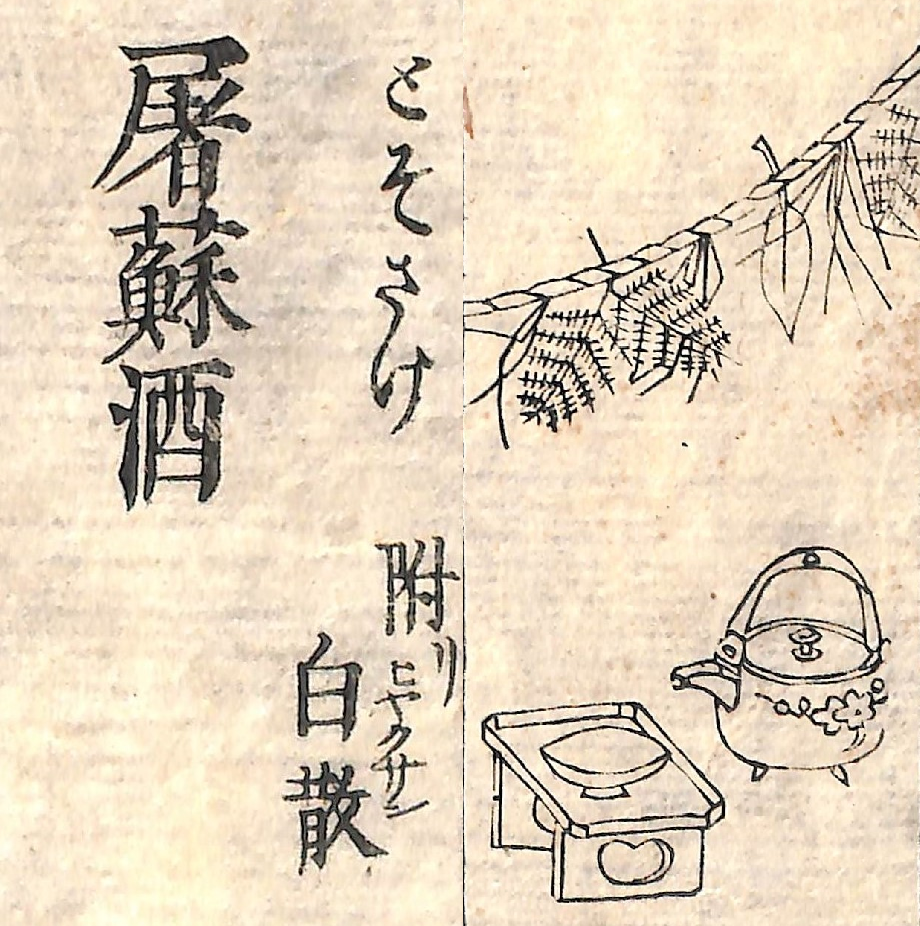
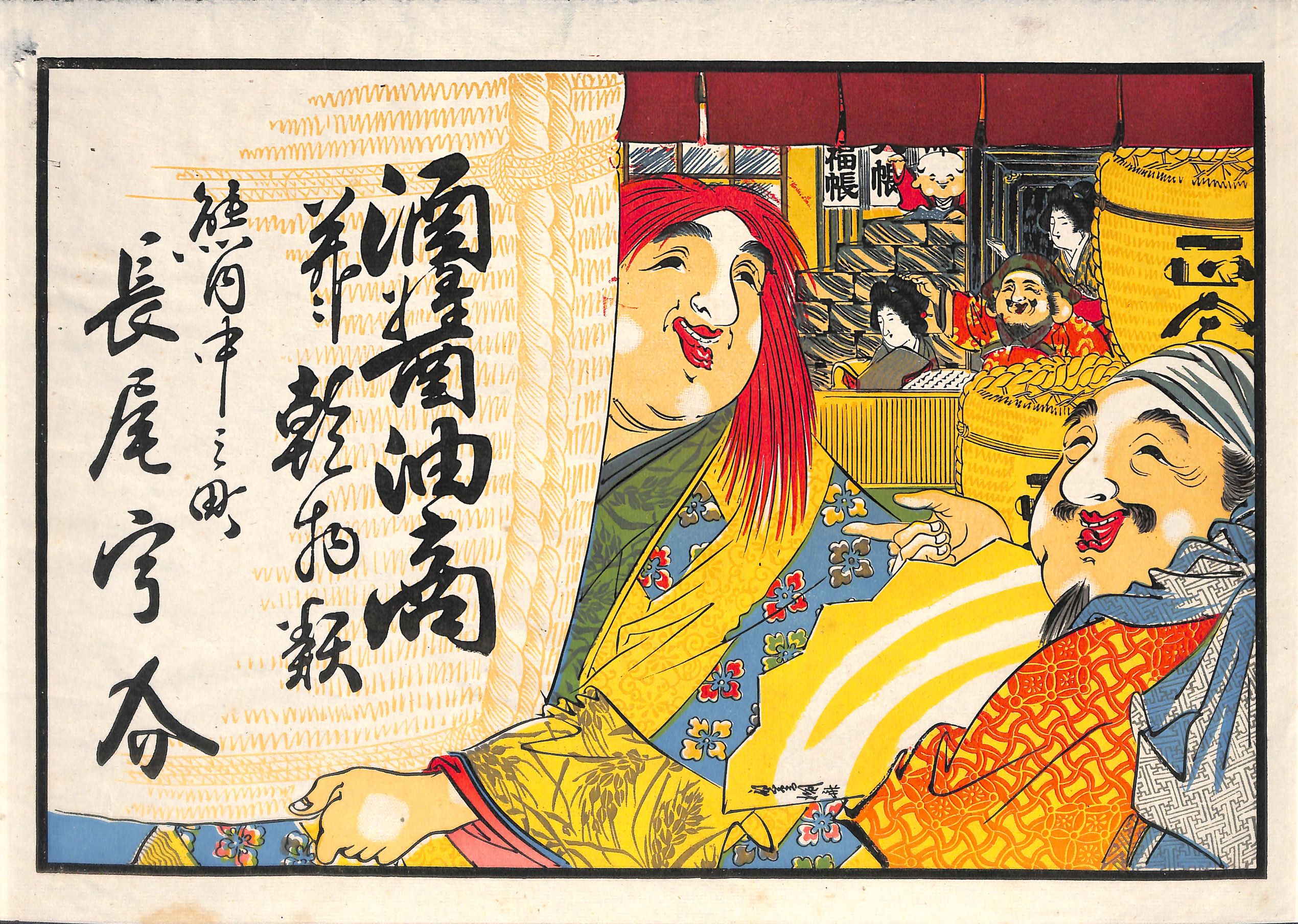
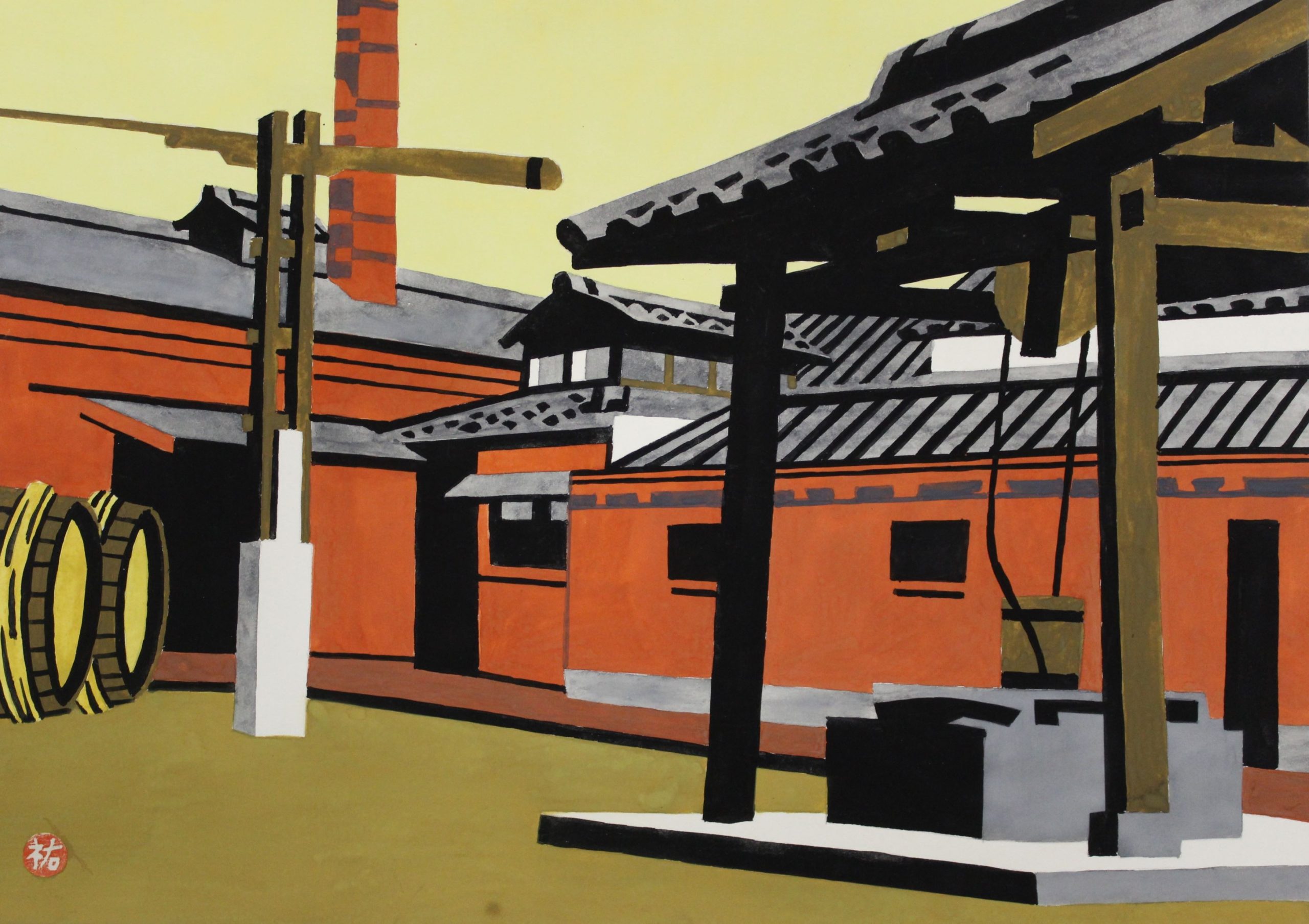


There are many ways to enjoy sake in every season!